Sony Cyber-Shot DSC WX220 — Pocket Camera — a Review
© 2016 Peter Free
16 February 2016
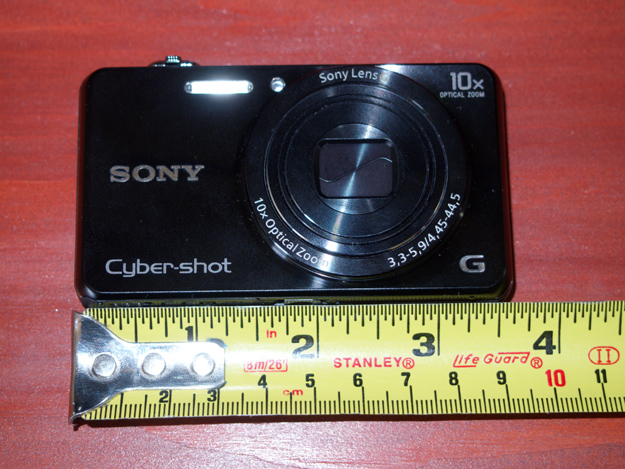
Why get a pocket camera in these cell phone days?
I do not own a picture taking cell phone. But I do use pictures as memory reminders. So I presumably fit into the consumer category that Sony aimed the WX220 at.
Disclaimer — no pictures in this review are intended for quality comparison
If you are considering buying the WX220 and are concerned about picture quality, you should test that aspect in person. For folks who already own a cell phone, differences between it and the Sony will mostly be too trivial to fret about.
The Sony does better than cell phones with regard to flash power, zoom range and video. But everything else is a wash. My wife’s iPhone 6 is actually superior with regard to color rendition, contrast, and wide-ranging exposure accuracy. And if I owned even an iPhone 4, I would not have looked at the WX220. No one seeking large prints is going to use this tiny-sensored camera to get them.
The Sony WX220 is a real (not pretend) pocket camera
It gets virtually no online recognition for its pocketable size.
As of this writing — if you Google-Bing “best pocket camera” — you will come back with a list of “compact” cameras, most of which are not genuinely pocketable. With the exception of Sony’s RX100 series, none on the list will fill fit comfortably inside a trouser pocket.
Even the praised RX100 series are brick-like in weight. Their dense mass makes them obtrusively noticeable. In my estimation, the RX100 is more a woman’s purse or men’s jacket and vest camera than it is a pants pocket one.
WX220 virtues
The Sony is noticeably smaller than most competently picture-taking cell phones. For its size and diminutive weight, it delivers excellent video and acceptable photographic quality.
It also affords picture-takers some slight control over ISO, exposure compensation and (thereby) fill flash. It adds a 10x optical zoom that exceeds the range of the cell phones that I am familiar with.
The WX220 disappointingly lacks aperture-preferred priority. It substitutes the ability to set ISO, while the camera sets aperture and shutter speed. One also can set exposure compensation via the camera menu. You can get to the exposure compensation setting with two button pushes because, once the proper page has been selected, Sony allows it to stay on that page until the camera is turned off or one navigates away from it. ISO is conveniently located on the same page.
The other picture-taking choices are completely automated. They include two “intelligent” programs and a scenes menu. The camera also has a panoramic mode. They all work well.
Picture quality
Quality is typical for tiny sensors. Detail is noticeably smoothed out, even at the lowest ISOs. This trait gets worse the lower the light is and/or the longer the zoom lens is extended. On the other hand, the camera’s surprisingly powerful flash helps overcome excessive anti-noise smoothing in indoor situations.
Dynamic range is similar to cell phones, which means that it is not very good. I use exposure compensation to preserve the end of the range that is most important to me.
Right out of the camera, an acceptable representation of this evening scene. Notice, however, that the shadows lack detail that was visible at the time:
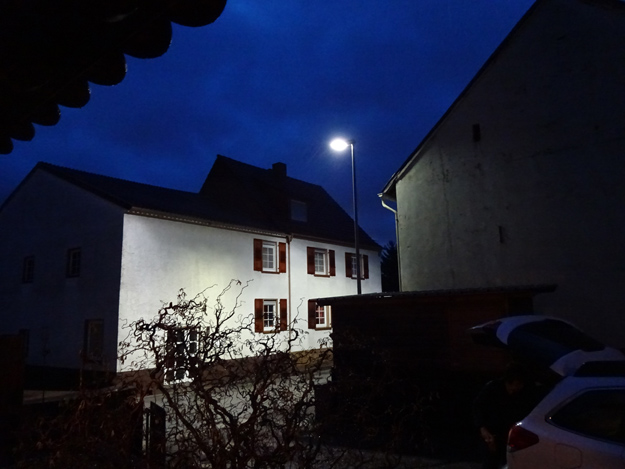
This one taken with flash and unaltered:
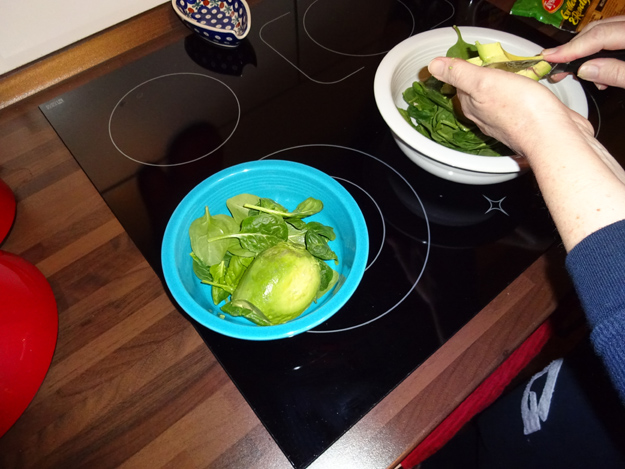
Contrast, saturation, vividness and white balance
RAW is not available on this camera. And Sony apparently decided to please consumers who favor high contrast and elevated saturation and vividness over realism.
One cannot alter picture quality settings in camera. The automatic white balance is often slightly off, as well. Consequently, I frequently have to adjust the camera’s JPEGs for all these qualities using post-processing software. Even simple programs will work.
I live with these shortcomings because the Sony is otherwise so well suited to pocket use. That said, Apple’s iPhones do a noticeably better initial job with color and saturation in my experience.
The three pictures below were adjusted in Photoshop. They are adequate as memory prompters:


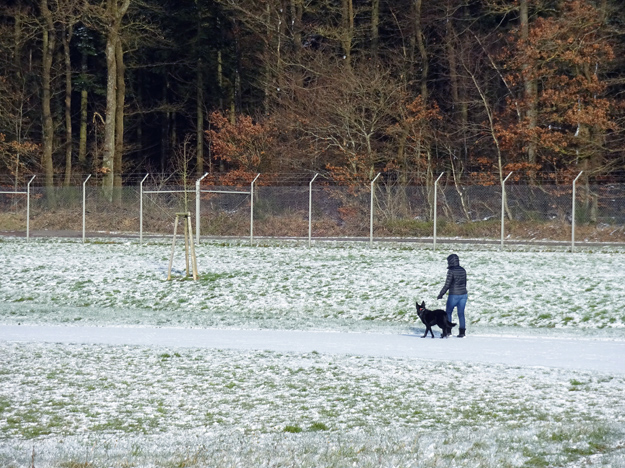
The vertical picture below illustrates the utility of the camera’s 10x zoom. (I was trying to show the light on the outside columns.)
For reference, below the vertical view is a horizontal one that shows the zoom set at just above 2x. Both JPEGs are straight out of the camera:
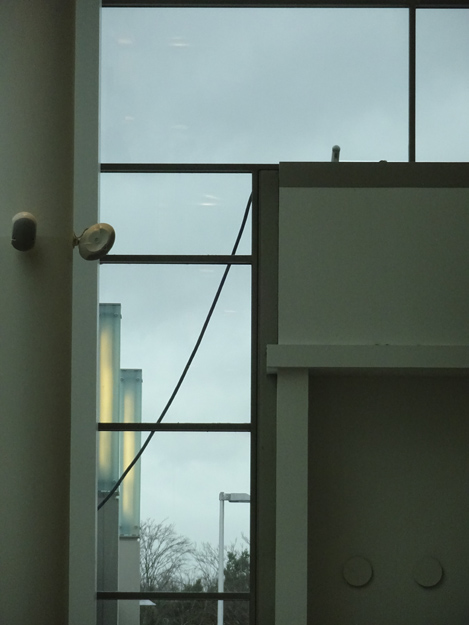
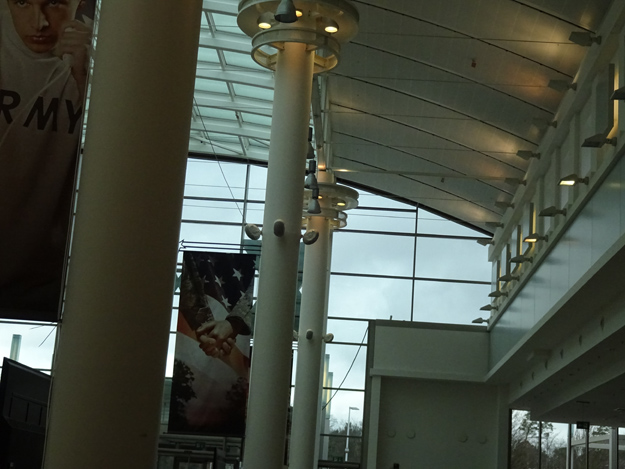
Focusing
There is no manual focusing ability. This creates problems when you are trying to shoot through a vehicle windshield in rain or snow.
Focus is usually reasonably accurate, provided that you give the camera time to settle on something. If I am hurried or careless, pictures are often not properly focused. Accurate focus takes noticeably longer, for example, than the now obsolete (relatively quick) Olympus e-p3 or (the comparatively slow) Sony NEX-3.
The WX220 will surprisingly focus correctly in complete darkness, provided you enable its red focus assist light.
Shutter speed
The camera’s automated functions often allow shutter speed to drop too low to avoid blurring the entire scene. Image stabilization is noticeably inferior to larger cameras.
The user has to be aware of this trait and adjust ISO upward as a precaution. I frequently have to shoot the WX220 at ISO 1600 indoors and 800 outdoors on gloomy days. With post-processing, I still get acceptable results.
HD video quality
Surprisingly effective automatic video sets this camera apart from most cell phones. I especially like the long zoom’s ability to narrow perspective.
Wi-Fi and cell phone remote control
Not owning a cell phone, I have not had occasion to test these. Part of the reason that I prefer the WX220 to a cell phone is the ease and reliability of transfer provided by its SDHD card. One less thing for me to screw up or the NSA to eavesdrop.
The moral? — Sony’s WX220 is a useful pocket camera
If you do not own a cell phone, the Sony is a decent and much smaller picture-taking substitute. Its pocket size deserves more attention than it has received.
If you already have a reasonably competent cell phone, the WX220’s tiny sensor will not beat it by enough to warrant carrying both for still pictures. It is, however, possibly enough better at video, especially with its 10x zoom lens, to potentially keep it in the mix.
 PeteFree.com
PeteFree.com